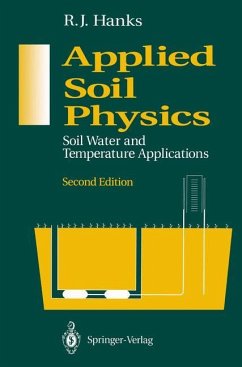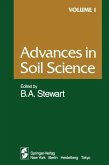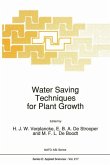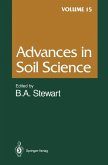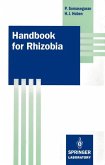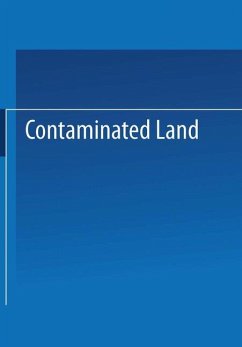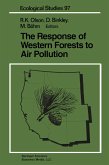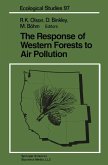This textbook presents a practical approach to teaching basic concepts of soil water and heat flow, with numerous examples and problems to assist the student. Soil water content and soil water potential are discussed and related to water flow and evapo-transpiration. The book also considers the relationships of soil physics to climate and crop production. Heat flow and temperature of soils are treated as basic concepts that allow estimates of real world diurnal and annual fluctuations. Applied Soil Physics offers students and scientists in the area of soil physics and related fields a good understanding of soil water and heat flow. This is the second edition of a proven textbook in soil physics. It presents a practical approach to teaching basic concepts of water and heat flow in the soil matrix, with numerous examples and problems to assist the student.
This second edition was undertaken to update information which has become available since the first edition and to convert completely to the SI system. The main objective of this book is to stress application of soil physics principles to real problems. The problems are heavily oriented toward the soil water-plant-atmosphere continuum. This book grew out of a course taught to upper level undergraduate and graduate students from many different disciplines and backgrounds. I have found that problems are a very good teaching tool because students need to solve them on their own and adapt them to their own understanding. I have found this problem-solving experience to be greatly enhanced if examples are available. Thus, this book is heavily laden with examples. This edition includes reference to many models, involving basic concepts discussed herein, by which it is possible to solve many more realistic--and more complex--problems such as drainage below the root zone (and associated pollution), plant growth as related to climate, soil properties, management, etc. The intent is to encourage students to advance to the next level. The book is not intended to be a complete introduction to applied soil physics, but rather to emphasize problem-solving and the important aspects of soil water and temperature.
Hinweis: Dieser Artikel kann nur an eine deutsche Lieferadresse ausgeliefert werden.
This second edition was undertaken to update information which has become available since the first edition and to convert completely to the SI system. The main objective of this book is to stress application of soil physics principles to real problems. The problems are heavily oriented toward the soil water-plant-atmosphere continuum. This book grew out of a course taught to upper level undergraduate and graduate students from many different disciplines and backgrounds. I have found that problems are a very good teaching tool because students need to solve them on their own and adapt them to their own understanding. I have found this problem-solving experience to be greatly enhanced if examples are available. Thus, this book is heavily laden with examples. This edition includes reference to many models, involving basic concepts discussed herein, by which it is possible to solve many more realistic--and more complex--problems such as drainage below the root zone (and associated pollution), plant growth as related to climate, soil properties, management, etc. The intent is to encourage students to advance to the next level. The book is not intended to be a complete introduction to applied soil physics, but rather to emphasize problem-solving and the important aspects of soil water and temperature.
Hinweis: Dieser Artikel kann nur an eine deutsche Lieferadresse ausgeliefert werden.

